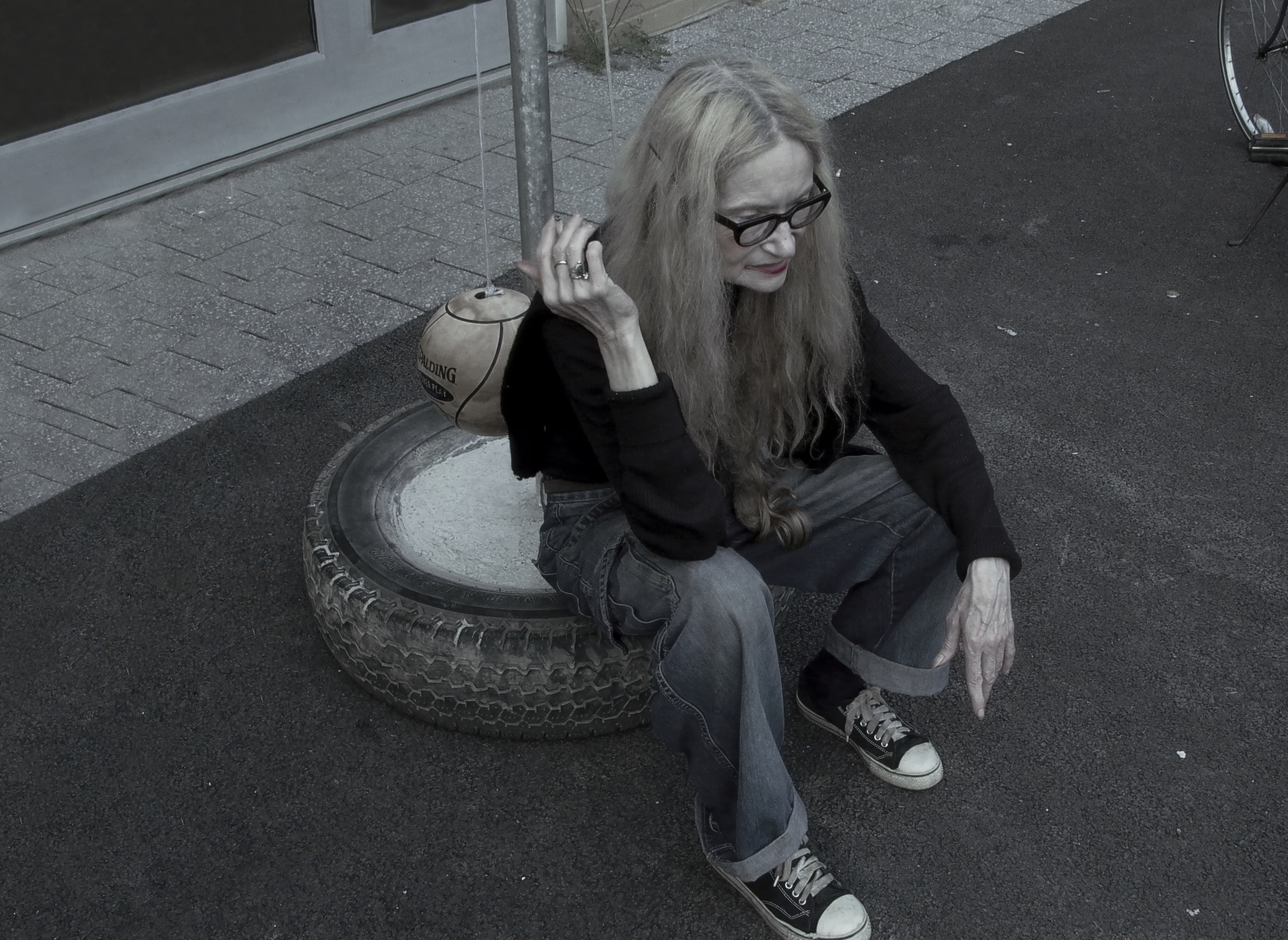Maryanne Amacher: In the Immediate Space of the Body
Night 1: Maryanne Amacher’s GLIA
Maryanne Amacher: In the Immediate Space of the Body
Night 1: Maryanne Amacher’s GLIA

Photo: Arthur Jafa.
Bourse de Commerce - Pinault Collection
75001 Paris, France
Over two nights at Bourse de Commerce–Pinault Collection, Blank Forms presents two artists whose work takes orthogonal approaches to notation. Using the archival notes and sketches of Maryanne Amacher (1938–2009), several of the artist’s longtime collaborators reconstruct GLIA and Petra, two pieces from her oeuvre which are notable exceptions to Amacher’s ethos of ephemerality; the majority of her work has too many undocumented but temporally and spatially specific parameters to be restaged posthumously. Meanwhile, Diamanda Galás, Amacher’s friend and fellow traveler through the extremities of the music world, performs De-formation: Piano Variations, a solo work about the plight of gueules cassées, disfigured WWI veterans referred to in the French as “broken faces.” Galás improvised De-formation in 2019; in 2023, she transcribed it with the help of Thomas Feng, making the piece reproducible for the first time.
In 2005, Maryanne Amacher composed GLIA, a work for seven instruments and electronics, for the Berlin-based Ensemble Zwischentöne. At the first and only performance of GLIA during Amacher’s lifetime, she staged the performers on a pyramid structure, with loudspeakers installed in idiosyncratic positions throughout the space, including behind a wall. Imagining the listener as an interface between the electronic and acoustic elements of the work, she named the piece GLIA, after the abundant brain cells which assist in neurotransmission between synapses.
Amacher was famously exacting about activating her site-specific sound installations, and GLIA remains one of the few pieces with sufficient notation to be reinterpreted after her death. In 2012, Amacher’s previous collaborator Bill Dietz reconstructed GLIA for a series of performances across Europe. This March, continuing to build on GLIA’s long-evolving lineage, Dietz will provide artistic direction, electronics, and conducting for a new performance in Paris.
GLIA will be performed with members of GLIA’s original Ensemble Zwischentöne (Dorothee Sporbeck on flute, Volker Schindel and Helles Weber on accordion); the Ensemble Contrechamps (Susanne Peters on flute, Maximilian Haft and Akiko Ahrendt on violin); and Lucy Railton on cello.
Maryanne Amacher (1938–2009) was a composer of large-scale fixed-duration sound installations and a highly original thinker in the areas of perception, sound spatialization, creative intelligence, and aural architecture. She is frequently cited as a pioneer of what has come to be called “sound art,” although her thought and creative practice consistently challenges key assumptions about the capacities and limitations of this nascent genre. Often considered to be part of a post-Cagean lineage, her work anticipates some of the most important developments in network culture, media arts, acoustic ecology, and sound studies.